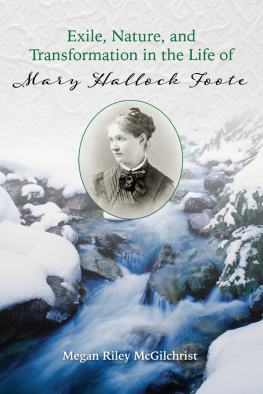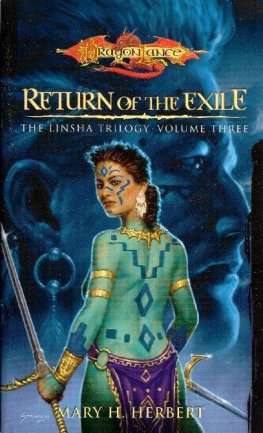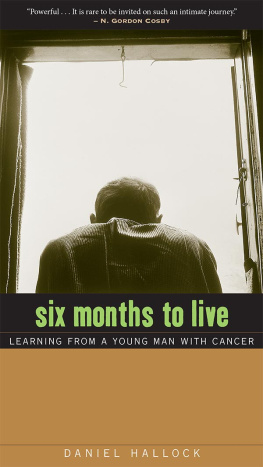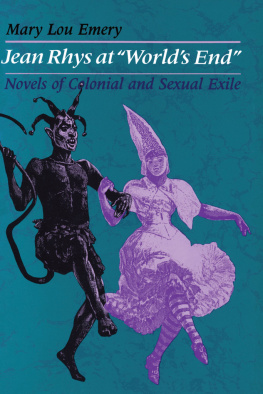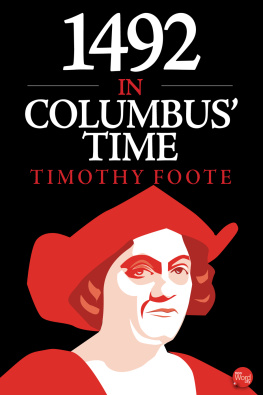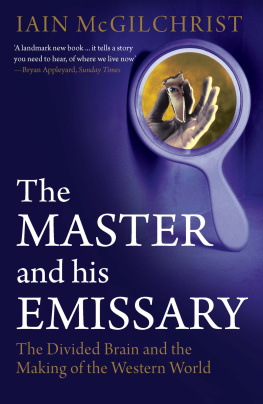University of Nevada Press | Reno, Nevada 89557 USA
www.unpress.nevada.edu
Copyright 2021 University of Nevada Press
All rights reserved
Cover photographs iStock/anela (background, top); iStock/Ron and Patty Thomas (background, bottom).
Cover design by Louise OFarrell
Letters are used with the permission of Ann Gardiner Brillhart, Mary Hallock Footes great-granddaughter, the curator of the letters.
Ithaka, as published in C. P. Cavafy, Collected Poems, rev. ed., translated by Edmund Keeley and Philip Sherrard, edited by George Savidis. Translation copyright 1975, 1992 by Edmund Keeley and Philip Sherrard. Reprinted by permission of Princeton University Press.
Brief portions of chapters have been previously published in Mary Hallock Footes Reimagining of the Womans West, in The New American West in Literature and the Arts, edited by Amaia Ibarraran-Bigalondo, and are used by permission.
LIBRARY OF CONGRESS CATALOGING-IN-PUBLICATION DATA
Names: McGilchrist, Megan Riley, 1955- author.
Title: Exile, nature, and transformation in the life of Mary Hallock Foote / Megan Riley McGilchrist.
Description: First. | Reno : University of Nevada Press, [2021] | Includes bibliographical references. | Summary: This book is about exile and transformation. It is primarily about Mary Hallock Foote, nineteenth-century artist and writer, easterner-turned-westerner, but it is a hybrid workas well as being about Mary, it is about what it has been like for me, a twenty-first-century American expatriate, Californian-turned-Londoner, to find common ground in the life of a nineteenth-century woman.Provided by publisher
Identifiers: LCCN 2021008854 | ISBN 9781647790189 (paperback) | ISBN 9781647790196 (ebook)
Subjects: LCSH: Foote, Mary Hallock, 1847-1938. | Authors, AmericanBiography. | IllustratorsUnited StatesBiography. | Women pioneersWest (U.S.)Biography. | West (U.S.)In literature.
Classification: LCC PS1688 .M35 2021 | DDC 813/.4 [B]dc23
LC record available at https://lccn.loc.gov/2021008854
For Kitty, James, and Lucy
Acknowledgments
DURING THE TIME I SPENT working on this book, I received much institutional and personal support. I am deeply grateful to the Huntington Library, which gave me a fellowship to study the Mary Hallock Foote materials in the James Hague papers during the summer of 2015. The time I spent as a fellow at the Huntington was invaluable for this project. I am also profoundly grateful to the Lilly Library, at Indiana University in Bloomington, which awarded me an Everett Helm Visiting Fellowship, which made it possible for me to spend time examining the Foote and Gilder materials in their collection. I also wish to thank the Lilly for permission to reproduce photographs of Mary Hallock Foote and Agnes Foote. My visits to the Special Collections at Stanford University, though brief, were extremely productive, and I thank staff there for their assistance and for their permission to reproduce photographs from the Foote archives. Finally, I would like to particularly thank Ann Gardiner Brillhart, Marys descendant, for her generous permission to quote from her great-grandmothers letters and for her enthusiasm for this project.
Copies of Mary Hallock Footes letters are available in several libraries, among which I have visited the Huntington Library at San Marino, California, Stanford Universitys Special Collections at the Green Library, and the Lilly Library at Indiana University in Bloomington. (Copies are also available on microfilm at the Bancroft Library at the University of California, Berkeley.) In very many cases, the letters are duplicated in all three places. Therefore, rather than list all three locations, I identify the letters by date and recipient. Where a letter existsas far as I am awareat only one location, I have indicated that in the notes.
The artist colonies of PLAYA and Hewnoaks generously gave me uninterrupted time, and peace, to work on my project; the proximity to the natural world in both places was a true gift.
Many individuals have given help and encouragement. I am deeply grateful to all of them. Sands Halls personal and intellectual generosityand enthusiasm for the project from the very outset has been inspirational. My friendship with Sands is one of the many things for which I have to thank Mary Hallock Foote. Foote scholar and WLA colleague Christine Hill Smith has also been a tireless source of information, good will, and friendship. Ellen Druckenbrod, of the Boise City Library, generously assisted me with research on obscure bits of Foote lore, answered emailed questions cheerfully, and has been an enthusiastic supporter of this project. Along with Ellen, Mary Ann Arnold and Janet Worthington, tireless advocates of the Footes and the force behind the founding of the splendid Foote Park in Boise Canyon, spent a day taking me around Foote sites in and around Boise. Jim and Caryl Tyberg gave me a wonderful place to stay while I was working at the Huntington, and I thank them very much. Chris Duggan gave me invaluable assistance with the illustrations. My friend Steve Coates offered advice and encouragement throughout this project. Two colleagues at the American School in London, Miles Dunmore and Peggy Elhadj, have been unfailingly interested and supportive. I would also like to thank the current and past administration of the American School, which has generously supported my attendance at the Western Literature Association conferences over the years. Invaluable technological assistance was provided by Mariam Matthew, another ASL colleague, and my great-niece Libby Bakke. Their patience with one as technologically illiterate as me has been remarkable. Neil Campbell and Susan Castillo have both kindly written numerous references for fellowships and residencies and have also been good friends. My WLA colleagues, too many to name, have been the source of much support and inspiration, but special mention must go to Melody Graulich, without whose kindness in sharing electronic copies of the Foote letters this project would have been inestimably more difficult and whose scholarly work has been a source of inspiration. David Fenimore has given me much good advice and has become another friend I would never have known had I not met Mary Hallock Foote.
I would also like to thank the University of Nevada Press, and particularly my editor, Margaret Dalrymple, for taking on this project. Margarets enthusiasm for the book has been great encouragement to me, and her patience in awaiting final drafts kindness itself. And I wouldbe remiss if I did not express my gratitude to copyeditor John Mulvihill, who made this book better.
Researching Mary has taken me on many journeys, during the first of which my daughter Kitty and I spent nearly a week in Nevada City and Grass Valley. On that trip, thanks to the kindness of Sands Hall, I was able to meet Elisabeth Haskell, one of Marys great-granddaughters. I remember the evening I spent with her and her husband with great pleasure. My first trip to Boise, a marathon car journey with my sister-in-law, Maggie Tracey, was full of serendipity: doors opened as if by magic; the people we met could not have been kinder or more helpful; the project, still in its infancy, took its first few steps.
My large extended family and many friends have been hugely supportive. For fear of leaving someone out, I will not try to name everyone, but first always are my children: Kitty, James, and Lucy. My brother and sister-in-law, Brendan Riley and Maggie Tracey; my son-in-law, Jason Gray; Annie and Rob Caliendo; Clare Statham; and Kate Coyne all deserve thanks. They have picked me up at airports, in the Oregon outback, at train and bus depots and ferry terminals; they have driven with me thousands of miles to see sites, look at archives, visit museums, wander round old mines, and take in the view from the tops of mountains. I hope they all had as good a time as I did! Thank you to all, and thank you Mary for giving us a reason to do it.

